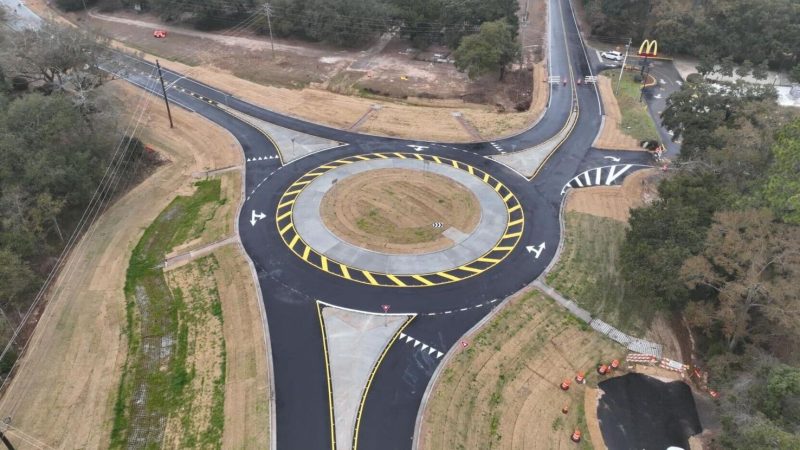By Anthony Hennen | The Center Square
(The Center Square) — Roundabouts are popping up around Pennsylvania — and apparently they’re safer than the traditional intersections they replaced.
An update from PennDOT revealed that, where roundabouts have been added, “crashes involving injuries were reduced by 51% and the total number of crashes were reduced by 7%.”
The review only found two fatalities at roundabouts on state roads.
“Roundabouts have proven to be an irreplaceable tool in reducing crashes at intersections,” PennDOT Secretary Mike Carroll said in a press release. “Given the dramatic increase in safety and traffic flow, PennDOT will continue evaluating intersections for roundabouts.”
The agency looked at almost 50 roundabouts that had three years of crash data before and after a roundabout was built, and had at least one crash within 20 years at the intersection. Another 46 roundabouts are on state routes, but weren’t included in the analysis.
Though PennDOT noted roundabouts are “typically safer and more efficient,” they may not be built due to topography, property impacts, and capacity issues.
The results of the safety review were similar to the analysis in previous years that showed small decreases in the total number of crashes, but dramatic reductions in injuries from crashes.
Other states see similar benefits from roundabouts, such as Minnesota and Florida. Florida’s Department of Transportation also notes a fiscal benefit: by removing traffic signals, costs drop for annual maintenance and traffic signal upgrades.
However, the change means a tradeoff.
The 2017 review of roundabouts in Minnesota, which looked at 144 sites, shows that roundabouts have the lowest rate of fatal and serious injuries — but higher crash rates than most other intersection types, contradicting PennDOT’s findings.
Getting rid of fatal and serious-injury crashes comes with the cost of more sideswipe crashes.
“Engineers should always weigh the known safety benefits (and disadvantages) with other aspects such as user delay, right-of-way impacts, environmental context, costs, political, demographic and other factors,” wrote Derek Leuer, a project engineer in the Minnesota Department of Transportation’s Office of Traffic, Safety, and Technology.
